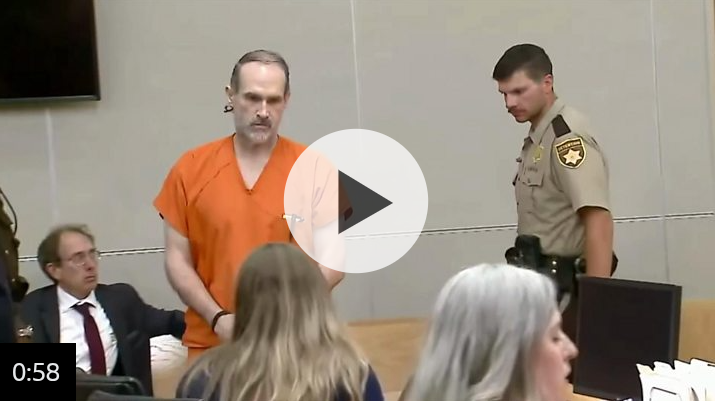At just 13 years old, Artur Monakhova had already endured more than many adults ever will. Living near the frontlines of Zaporizhzhia, Ukraine, Artur’s life was violently interrupted when a bombing reduced a building across from his home to rubble. The attack shattered the windows of his apartment and left him gasping for air during a terrifying panic attack. With his mother Natalia by his side, they turned their hallway into a makeshift shelter with pillows and blankets, trying to carve out some semblance of safety in the middle of chaos. That hallway soon became Artur’s world, the only place he felt secure enough to exist.
The bombing didn’t just damage buildings—it took away Artur’s sense of normalcy. A once enthusiastic football fan, he withdrew completely. Days that once revolved around soccer practice and playful chats with friends turned into isolated hours spent confined to the hallway. He refused to step outside, unable to face the world that had suddenly become so dangerous. Even basic conversations were limited to digital messages, and nights were often filled with quiet tears and fear. Seeing her bright and lively son so changed, Natalia knew she had to seek help.
Natalia found that help in Voices of Children, a Ukrainian organization offering psychological support to children traumatized by war. Founded in 2019, the initiative grew rapidly following Russia’s full-scale invasion in 2022, expanding to 11 centers across the country and helping thousands of children like Artur. The group’s co-founder, Olena Rozvadovska, explained that their mission isn’t born out of ambition but necessity. With so many young lives caught in the crossfire, she left her government position to dedicate herself to supporting children navigating the emotional wreckage of war.
Through therapy with a psychologist named Anna, Artur began the slow process of reclaiming control over his emotions. His sessions focused on breathing exercises and grounding techniques to manage the panic that overtook him at the sound of nearby shelling. He learned to pat his shoulders and trace the outline of his hand—simple movements that helped redirect his focus and calm his nerves. His progress was evident not just in his own behavior but in the way he supported others. During one particularly harrowing moment on a football field when explosions rang out, Artur was the one who led his frightened friends to shelter, teaching them the techniques he had learned to steady their fears.
But the war’s relentless nature meant recovery came with interruptions. As bombing persisted in Zaporizhzhia, Natalia made the difficult decision to relocate the family to Kyiv in December. There, the danger was less intense, and Artur slowly began to reconnect with life. He returned to football practice and no longer needed regular therapy sessions. Perhaps most poignantly, the roles between mother and son even reversed at times—when shelling shook their home again, Artur was the one to remind his mother to breathe. Together, they practiced the same calming strategies that had once helped him. Their journey is a testament to resilience in the face of unimaginable adversity, and a glimpse into how even amidst destruction, healing is still possible.



